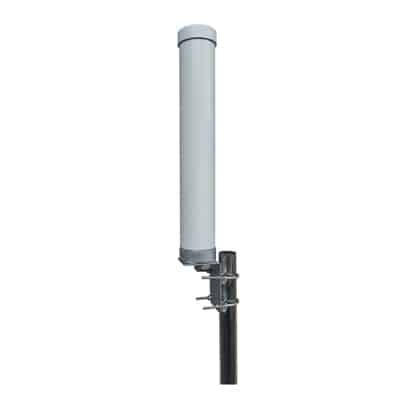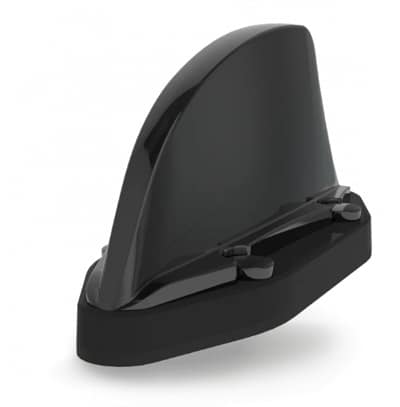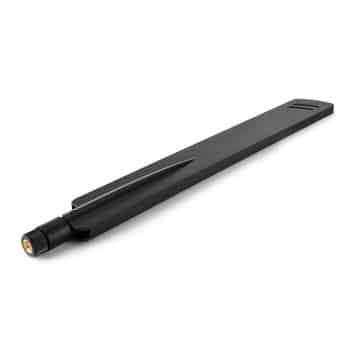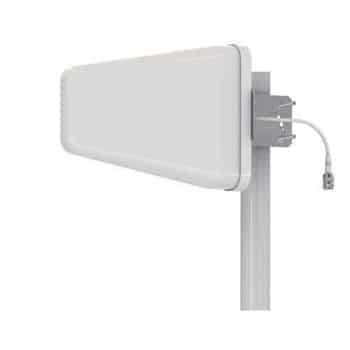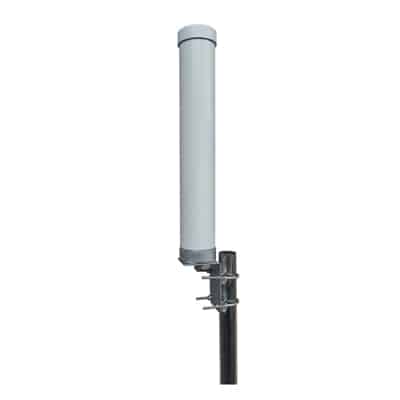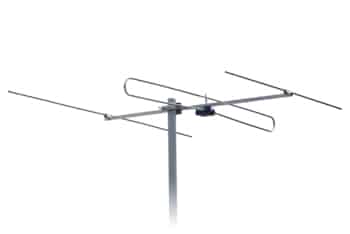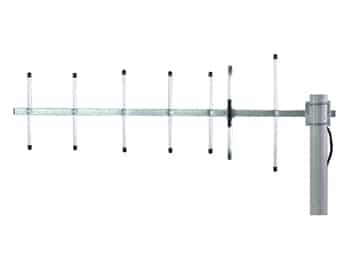LoRaWAN and LoRa are popular as Low Power Wide Area Network (LPWAN) solutions for realizing Internet-of-Things (IoT) applications. However, despite its global recognition, we see different frequency bands of operation. In this article, we will investigate the driving force for such separation and the need for such separation in frequency bands. In conclusion, we will discuss some of these frequency bands operated in different regions.
Table of Contents
ToggleLoRa Alliance and Standard
As we all know, LoRa is a popular radio modulation scheme that is extensively used for LPWAN IoT applications. We have discussed in previous articles different aspects of LoRa and LoRaWAN networks. To summarize, LoRa and LoRaWAN networks are widely employed due to their long range of operation and low power consumption devices.
LoRa and LoRaWAN are overlooked and regulated by LoRa Alliance and Standards, which has over 500 cooperates and many network providers globally. Semtech was a founding company of the LoRa Alliance, which is responsible for introducing LoRa radio modulation. This was established in 2015 to empower LoRaWAN-based applications for massive IoT and Machine-to-machine (M2M) applications. The vision of the LoRa Alliance is to empower sustainable IoT to maximize efficiency and its mission is to achieve massive IoT through the global adoption of LoRaWAN technology. Apart from standardization, LoRa Alliance is also responsible for promoting LoRa-based massive IoT applications and for holding webinars and video conferences. This information can be accessed via https://lora-alliance.org/about-lora-alliance/# .
However, despite the global unification through alliances such as LoRa Alliance, different regions have different operating frequencies for LoRa and LoRaWAN applications. The main driving force for this difference is solely a preference made by the region’s network operators based on availability and to meet regulatory requirements.
Unlicensed frequency spectrum of LoRaWAN modulation
Using licensed or unlicensed channels is one of the most crucial factors to consider when designing a private wireless network. Most of the early IoT wireless communication networks such as cellular networks operate on the licensed spectrum. Use of licensed spectrum requires additional cost of licensing and has limited flexibility over the spectrum for the user. Therefore, most of the IoT use cases rely on unlicensed frequency spectrum. Unlicensed spectrum in the 2.4 GHz and 5 GHz bands are used by Wi-Fi and Bluetooth. The gateways’ range is only a few meters, and those frequencies are so congested that they cause major reliability problems.
To overcome unnecessary limitations due to interference and noises in the 2.4 GHz and 5 GHz bands, LoRaWAN uses unlicensed sub-gigahertz radio frequency bands such as 169 MHz, 433 MHz, 868 MHz (Europe) and 915 MHz (North America). These low-frequency bands support low data rates between 0.3 and 50 kbps. The use of sub-gigahertz facilitates the connection of distant equipment up to a range of 10 km (6 miles). This use of unlicensed sub-gigahertz frequency spectrum allows low-cost LoRaWAN deployments.
Why different frequency bands for different regions?
Although not all channel widths are supported in every region, LoRaWAN is often divided into channel widths of 125, 250, or 500 kHz depending on different regions. The main reason for this separation is driven by regulatory requirements that need to be addressed depending on different regions.
This different frequency allocation is described in the LoRaWAN Regional Parameters RP2-1.0.3 which were released in May 2021. However, despite the use of different frequencies of operation, LoRaWAN protocol specifications for all the regions are intact. More on these different frequency bands in the next section.
What can Tesswave do for you?
Tesswave provide 100+ antenna products and you can contact us for antenna customized solutions, get in touch with us today to get a Free quote.
Get an Instant Quote
Get a FREE quote and we will contact you within an hour
LoRaWAN frequency bands in different regions
Now we will discuss the different frequency allocations for LoRaWAN applications in different regions. The following is a regional summary for the allocation.
| Region | Frequency (MHz) | Notes |
| European Union | 863-870 | ETSI |
| United States | 902-928 | USA, Canada other countries following FCC- Part 15 Regulations |
| China | 902-928 | EIRP < 12.15 dBm |
| European Union | 433-434 | EIRP < 12.15 dBm |
| Australia | 915-928 | Australia |
| China | 470-510 | Defined by SRRC to be used for civil metering applications |
| Asia | 920-928 | Japan [920-928], New Zealand [915-928], Singapore, Thailand, Vietnam [902-925] |
| Korea | 920-928 | Defined by South Korean Government |
| India | 865-867 | Indian subcontinent |
| Russia | 864-870 | Russian regulation |
*EIRP: Effective Isotropic Rated Power
Let us investigate some of the main regional parameters from the above summary.
1. EU863-870 Band
This is applied to the regions defined by ETSI [EN300.220] standard, which is used in all the European countries including countries out of Europe like Bahrain. Moreover, countries like Albania slightly use a different frequency range (863-873 MHz).
In the band EU863-870 there are 16 channels with 3 default channels and 5 optional channels defined by CFlist. In this frequency band, the following three default channels are compulsory since they are used by end devices to broadcast the join-request message:
- 868.10 MHz channel
- 868.30 MHz channel
- 868.50 MHz channel
Considering the data rate supported by EU863-870 band, all the end devices must support the following data rate options in the network.
- DR0 – DR5: This is the minimal data rate set supported to obtain the LoRaWAN certification
- DR0 – DR7
- DR0 – DR11: All data rates are implemented in the end-device
Depending on this data rate there is maximum application payload size for different data rates. These are listed as follows:
| Data Rate | Configuration (SF+BW) | Max. application payload size (bytes) |
| 0 | LoRa: SF12/125 kHz | 51 |
| 1 | LoRa: SF11/125 kHz | 51 |
| 2 | LoRa: SF10/125 kHz | 51 |
| 3 | LoRa: SF9/125 kHz | 115 |
| 4 | LoRa: SF8/125 kHz | 242 |
| 5 | LoRa: SF7/125 kHz | 242 |
| 6 | LoRa: SF6/125 kHz | 242 |
2. US902-928 Industrial, Scientific, and Medical (ISM) Band
This is applied to regions of USA, Canada and all other countries using the 902-928 ISM band.
There are 64 upstream channels with a bandwidth of 125 kHz and 8 upstream channels with a bandwidth of 500 kHz. Also, there are 8 downstream channels with a bandwidth of 500 kHz. As in EU863-870 band, there are mandatory channel frequencies that are used for join-request. These are:
- Upstream: 64 channels – 902.3-914.99 MHz in 200 kHz increments
- Upstream: 8 channels – 903.0-914.2 MHz in 1.6 MHz increments
- Downstream: 8 channels – 923.3-927.5 MHz in 600 kHz increments
The supported data rate options in this band are:
- DR0 – DR4 and DR8 – DR13: This is the minimal data rate set required to obtain LoRaWAN certification
- DR0 – DR13: All data rates are implemented in the end-device
There are supported maximum payload sizes depending on the data rate, which would be up to 242 bytes for DR15.
Now, since we discussed about two main frequency bands used in different regions for LoRaWAN, it is worthwhile to state that there are some default settings for all regions. The RX1 delay for all bands is 1s and for RX2 delay it is 2s. Also, the join accept 1 delay is 5s while the join accept 2 delay is 6s. More information on different bands can be accessed via https://lora-alliance.org/resource_hub/lorawan-regional-parameters-v1-1ra/ .
Conclusion
In this article, we briefly discussed the need for different frequency bands for LoRaWAN and why specifically unlicensed frequency spectrum is used for LoRaWAN. Accordingly, in conclusion, we can say that though different frequency bands are used in different regions, depending on availability and regulations, LoRaWAN has been globally recognized as a good candidate to realize LPWAN networks.

